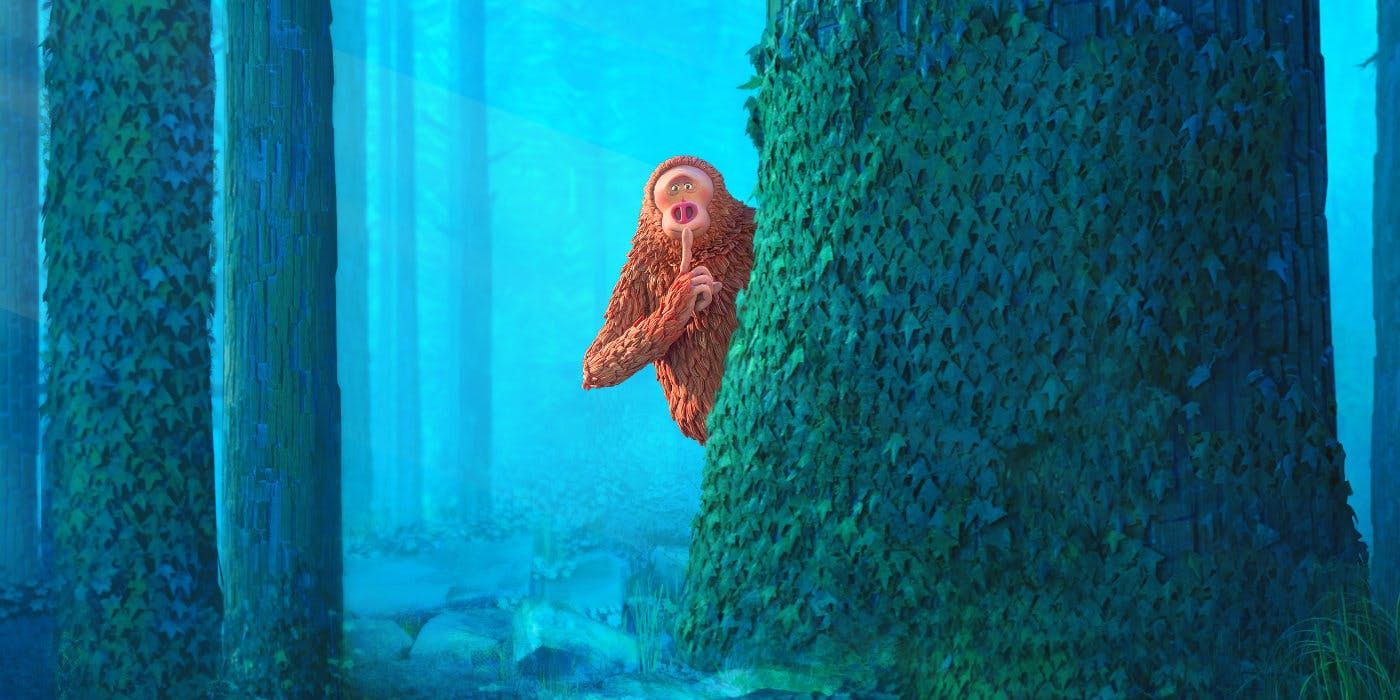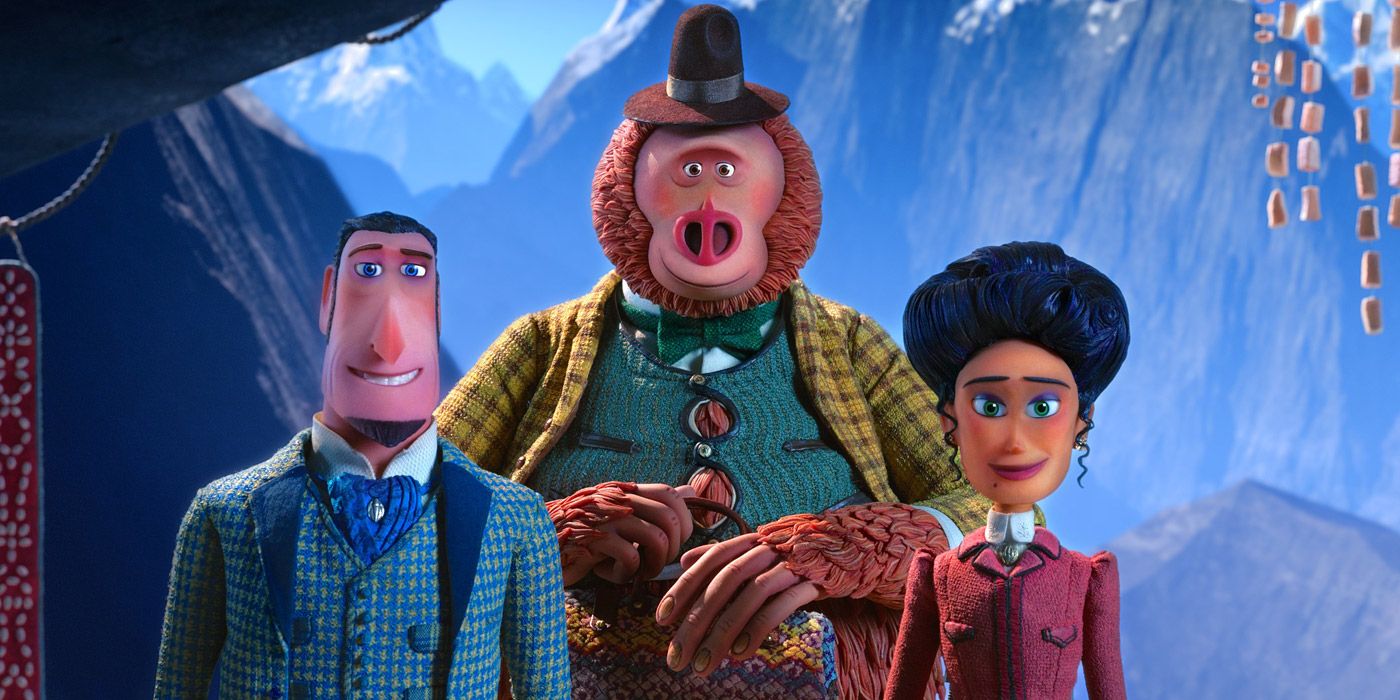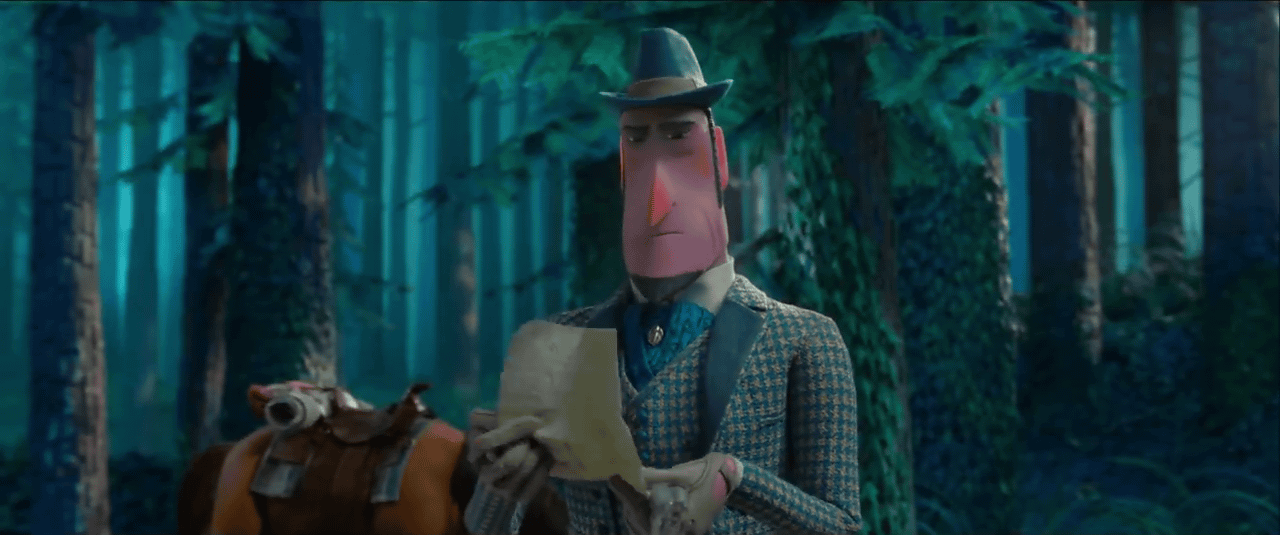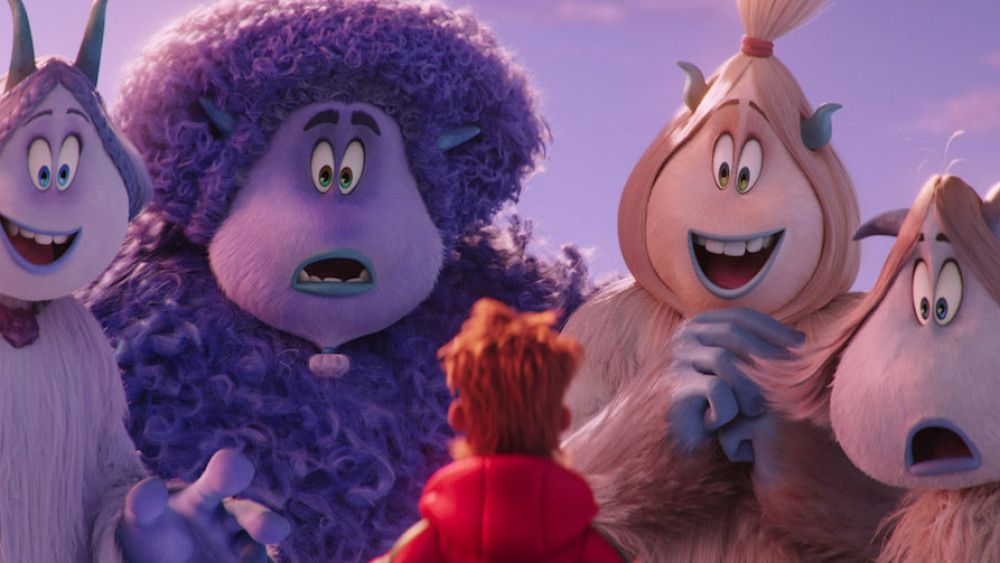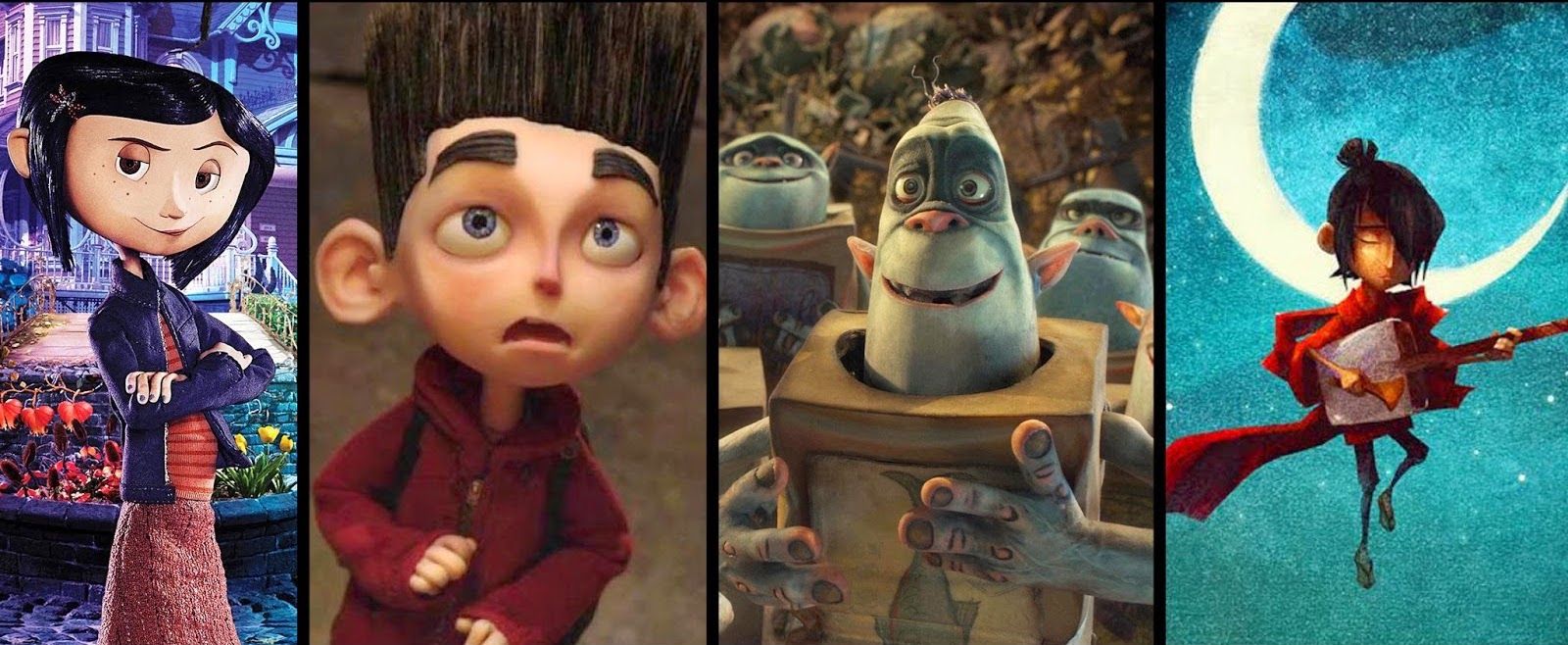The stop-motion geniuses at Laika have had an unfortunate pattern, with each film the studio releasing grossing less than the one before. Coraline was its biggest hit due to a combination of popular source material and great timing at the start of the 3D boom, grossing $75.3 million at the US box office in 2009. This was the only Laika film to exceed its budget domestically; ParaNorman made $56 million in 2012, 2014's The Boxtrolls made $50 million and 2016's Kubo and the Two Strings dropped to $48 million.
Missing Link continues that downward trend, with box office estimates expecting an opening weekend between $8 million and $12 million ahead of a potential $40 million-is final total. The actual opening weekend total turned out to be far lower. Opening in 9th place to $5.9 million, it has the 12th worst opening weekend of all time for a film playing in over 3,000 theaters, and the second worst for an animated film (only the George Lucas oddity Strange Magic performed worse in such a wide release). After two weekends, the movie stands at a mere $13 million, and it will be a miracle if it makes much more than $20 million total.
Laika's last three films might have lost money, but this is the studio's first outright bomb. The film has received good reviews (89% on Rotten Tomatoes as of this writing), so what happened? What factors led to its commercial failure, and what lessons can Laika learn from it?
UNCLEAR TARGET AUDIENCE
Laika's first four films had more niche appeal than most major animated films, but it was clear who that niche was. You could call it the "Hot Topic crowd" if you wanted, as the films were aimed at children as well as older kids into the gothic and macabre who could handle frightening imagery and mature themes. There was some variation in the target audience (The Boxtrolls skewed slightly younger, and Kubo was more anime-inspired action than horror), but Missing Link represents the biggest departure from that niche.
Who it was aiming for was unclear from the advertising. Even after seeing the film and enjoying it, it's tough to nail down its intended market. The lighter tone and cuddlier creatures make it seem like it's aiming for a younger audience than past Laika films, but the adult characters and dry humor point in the opposite direction. The trailers left families confused who it was for.
THE QUESTION OF TECHNIQUE
It often seems like stop-motion animation is at a disadvantage with attracting wide audiences. Only one stop-motion film, Aardman and DreamWorks' Chicken Run, has ever made over $100 million in the US. Some people are sure to blame the technique for Missing Link's failure, but the fact that its doing so much worse than every other stop motion movie, however, may indicate a different problem: Laika's stop-motion is possibly too good.
Casual viewers unfamiliar with the intricacies of animation could look at ads for Missing Link and not see it as an intricate handmade film, but as another, slightly cheap-looking CGI cartoon. The film's animation is beautiful and there are still signs of its hand-crafted nature in the textures, but it's so hyper-polished that some of the tactile charm of classic stop-motion is lost. It's technically dazzling, yet somehow not as stunning as, say, the rougher animation in Wes Anderson's Isle of Dogs.
WEAK MAIN CHARACTER
Most critics like Missing Link, but they're not loving it. Its Metacritic score of 68 is more enthusiastic than The Boxtrolls' 61, but less than ParaNorman's 72 and far below the raves recieved by Coraline (80) and Kubo and the Two Strings (84). A lack of palpable excitement likely made it less of an essential theater pick for parents and adult viewers despite the generally positive reactions. What is it that holds Missing Link back? We'd propose the big issue lies with the film's protagonist, Sir Lionel Frost (played by Hugh Jackman).
Missing Link is a buddy movie. One of half of the pair, the sasquatch known as either Mr. Link or Susan, is a funny, lovable creation brought to sympathetic life via a great vocal performance by Zack Galifianakis. The other half is much less likable and rather dull. Of course, Frost is supposed to be somewhat unlikable; he's a selfish adventurer, only initially sympathetic by virtue of being more progressive-thinking than his peers before eventually evolving to become less selfish. It's a good character arc, but these sort of jerk-turned-hero characters need to be a lot more entertaining to watch to really connect. He's less a "problematic fave" and more of a "boring mediocre white guy."
THE SUBJECT MATTER
Maybe it's as simple as audiences not liking yetis and sasquatches enough to see yet another yeti/sasquatch cartoon. There have been competing animated films with similar subject matter before (Antz/A Bug's Life, Finding Nemo/Shark Tale, The Book of Life/Coco), but having three yeti/sasquatch cartoons in the course of one year might be excessive.
Unlike other dueling cartoons where at least one film on a given topic has ended up a hit, it's possible none of these films do. Last Fall's Smallfoot from Warner Animation Group, while doing better than any of Laika's films making $83.2 million, was far from a blockbuster, and judging from the trailer, we have a hunch that DreamWorks' Abominable isn't gonna do much better this Fall.
LAIKA'S FUTURE
Ideally, Laika is able to learn the right lessons about making its next film and subsequent marketing better without feeling too pressured to appease popular trends. It's great that there's a studio willing to take risks on cartoons that might not make money but push the artform forward. Studio founder Travis Knight has plenty of wealth to support these productions, but even so, it's fair to be concerned about Laika's fortunes. Megan Ellison, founder of Missing Link's distributor Annapurna, is also a billionare who can afford to spend her wealth on art films, yet the fact many of her films have struggled at the box office has given her father leverage to change Annapurna's direction.
Hopefully such a potentially negative shake-up doesn't happen at Laika. Knight took a live-action blockbuster gig directing Bumblebee in part to raise additional money to support his stop-motion studio, and it seems Knight is continuing to work on live-action blockbusters, most recently becoming attached to the Six Billion Dollar Man movie. While he is a talented live-action director, one wonders, how would these franchise films of his fare as stop-motion projects? It might be seen as "selling out the artistic purity" of Laika, but when the most "artistically pure" American cartoon in years is a Spider-Man film, perhaps doing something different and mindblowing in stop-motion with a recognizable property would be a smart way to get the studio on the map and develop an audience that would stick around for Laika's original projects.

